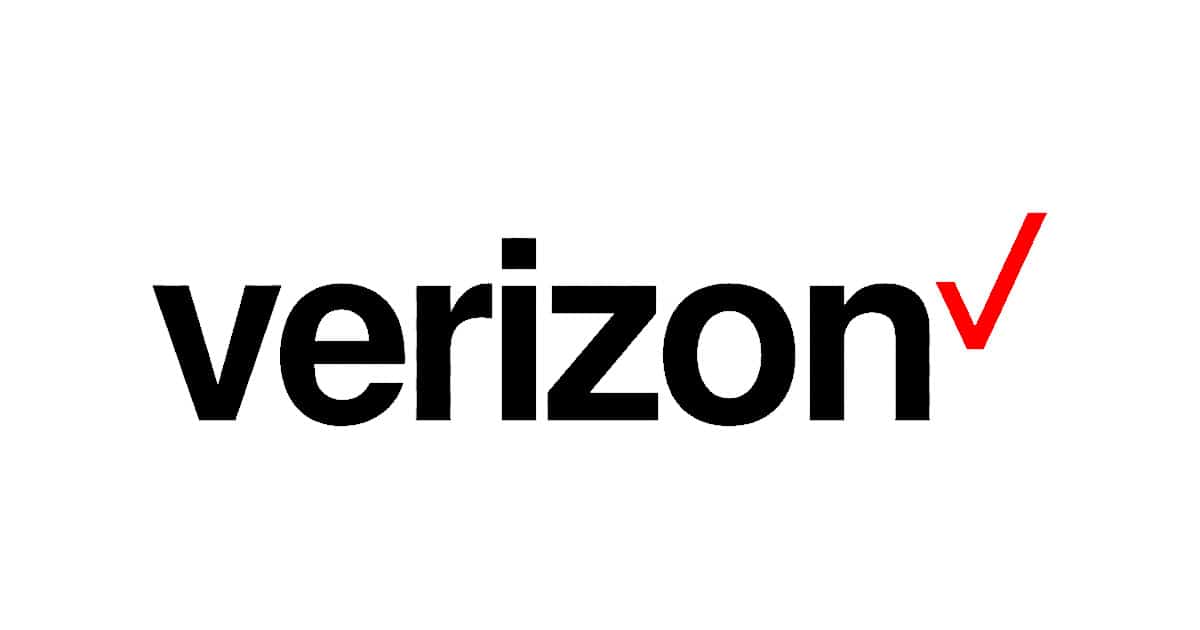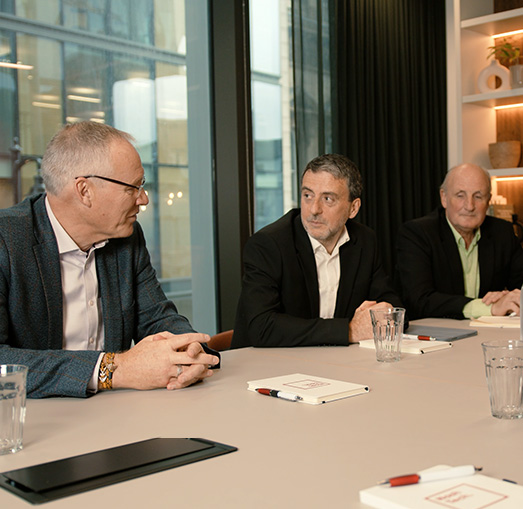America's largest telecommunications provider goes reactive and doubles overall business and performance results using half the hardware
Introduction

They quickly embraced reactive principles, and over a two-month period, they evaluated every major platform on the market.
About Verizon Wireless
Verizon Wireless operates the largest 4G LTE cell network in the United States, covering more than 98 percent of the country. With more than 146 million subscribers and 175 million monthly unique site visitors, Verizon is the largest telecommunications provider in the United States. The company handles 2.5 billion transactions a year and ranks in the top six websites in the country.
Problematic Statement
Over a decade ago, America’s largest telecommunications provider adopted a commerce platform from Oracle to process business transactions and orders from customers online. Demands on this system were exploding as they moved more and more customer transactions online and added support for a range of new features, including Alexa, Google Home, Facebook chatbots, and more. Due to the complexities of the system architecture, it took the team on average two months to roll out any new features on this legacy platform—hindering business agility.
Challenges
The existing platform was a huge monolith, and software builds often took a whole night to run since the code base was so large. Setting up a testing, development, or production environment required five to 10 days of work, and deploying an emergency fix to production took 24 hours. Even worse, the legacy platform needed help to handle the massive increase in site traffic on holiday sales days and other big events, such as the launch of a new iPhone. So, for over a decade, the company engineers had to recreate the entire e-commerce site in parallel with a special light code base that disabled logging, removed all complex transaction requirements, and was subjected to massive load testing. This bespoke website only ran in production for a few days each year, even though it took more than six months to create. Their site never crashed on the holidays or after a new iPhone launch, an industry record unmatched by any other cell provider. But all of that special code was tossed out every year and never re-used.
Solution
The company set up a special team of architects to review alternatives to the Oracle platform. They quickly embraced reactive principles, and over a two-month period, they evaluated every major platform on the market. The final two choices were Spring Boot from Pivotal and Akka Platform from NashTech. They liked the Akka Platform Solution’s ability to scale as needed, its hot reload features, and the ease of use it provides for ops teams. Akka Platform also delivered blazing performance through its support for stateless, asynchronous, non-blocking I/O, the ability to bounce a server in seconds, minimal garbage collection, and a hot reload capability that cuts development cycles in half. Moreover, compared to the legacy Oracle system, which required 20GB of reserved memory since everything was cached locally, Akka platform only required a Java Virtual Machine (JVM) footprint of under 500MB—making it considerably more memory-efficient.
Results
They quickly built out a new system for both the app and the mobile platform, and the before and after results were stunning. In the mobile phone network industry, average customer response times through the website are around six to seven seconds. With its legacy platform, Verizon was at 6 seconds. With Akka Platform, that time was slashed to 2.4 seconds. The legacy platform could handle up to 1,600 orders a minute. Akka Platform has been tested to 12,000 orders per minute and Verizon expects to increase that number over time—an improvement of almost an order of magnitude. The performance and user experience benefits have translated into amazing bottom line business results. Sales on the new platform increased 235 percent; conversion rates jumped 197 percent; builds took 40 percent less effort; and total cost of ownership (TCO) was cut in half. By halving its resource requirements on both the hardware and human side of the equation, Verizon Wireless achieved twice as good as the previous platform’s results.
Read more case studies
Building a long-term partnership with SLR Consulting
We worked with SLR to deliver a range of digital solutions including a sustainable digital business card platform, a smart room booking system for desks and parking, an automated supplier onboarding...
Accelerating transformation with Digital MGA innovator, Ripe
Ripe partnered with NashTech to accelerate the migration of data and products from their legacy platform, freeing their in-house team to focus on developing new products, a critical part of their...
Markerstudy Distribution’s Successful Partnership with NashTech
MSD’s relationship with NashTech has proven to be a game-changer, helping them scale their development capabilities, access cutting-edge technologies, and maintain a competitive edge in the...
Let's talk about your project
- Topics:
Our partnerships















